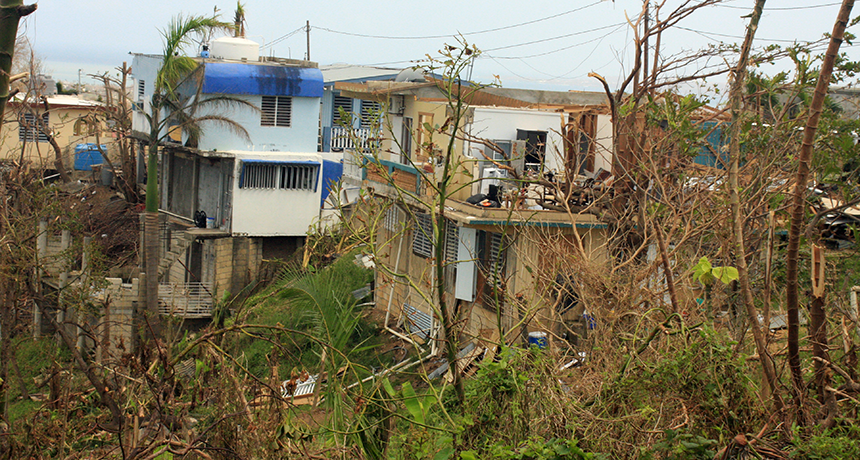Caribbean The name of a sea that runs from the Atlantic Ocean in the East to Mexico and Central American nations in the West, and from the southern coasts of Cuba, the Dominican Republic and Puerto Rico down to the northern coasts of Venezuela and Brazil. The term is also used to refer to the culture of nations that border on or are islands in the sea.
filter (in chemistry and environmental science) A device or system that allows some materials to pass through but not others, based on their size or some other feature.
gauge A device to measure the size or volume of something. For instance, tide gauges track the ever-changing height of coastal water levels throughout the day. Or any system or event that can be used to estimate the size or magnitude of something else. (v. to gauge) The act of measuring or estimating the size of something.
hurricane A tropical cyclone that occurs in the Atlantic Ocean and has winds of 119 kilometers (74 miles) per hour or greater. When such a storm occurs in the Pacific Ocean, people refer to it as a typhoon.
medical examiner A government official, usually a medical doctor, charged with investigating suspicious deaths and injuries.
random Something that occurs haphazardly or without reason, based on no intention or purpose.
resident Some member of a community of organisms that lives in a particular place. (Antonym: visitor)
risk The chance or mathematical likelihood that some bad thing might happen. For instance, exposure to radiation poses a risk of cancer. Or the hazard — or peril — itself. (For instance: Among cancer risks that the people faced were radiation and drinking water tainted with arsenic.)
sea An ocean (or region that is part of an ocean). Unlike lakes and streams, seawater — or ocean water — is salty.








